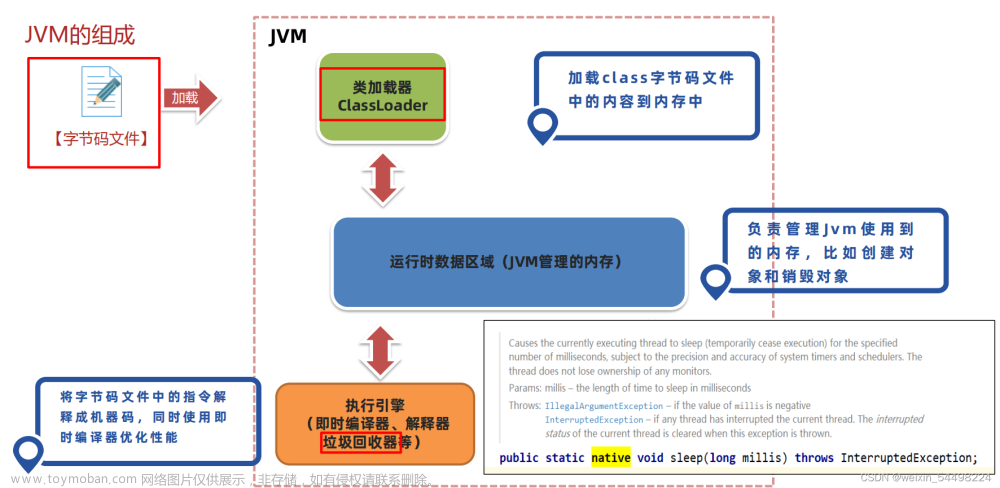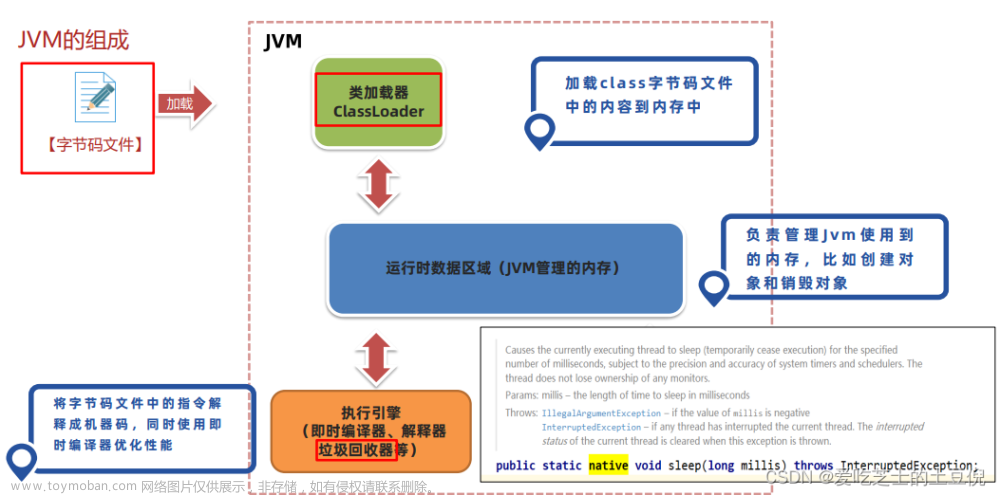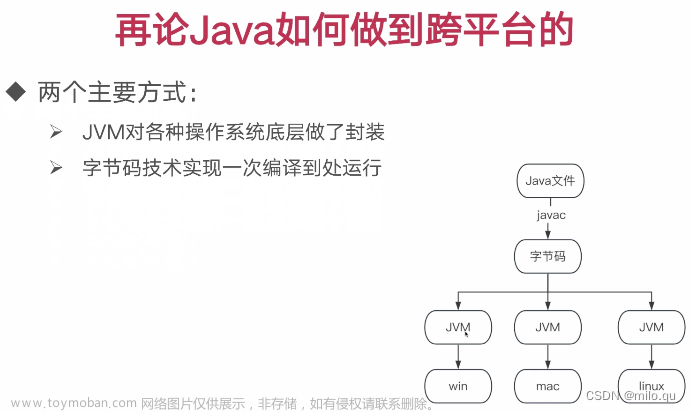宋红康JVM字节码举例
1 Integer
package jvmT;
public class IntegerTest {
public static void main(String[] args) {
Integer i =5;
int y =5;
System.out.println(i==y); //true
Integer i6 =5;
Integer y6 =5;
System.out.println(i6==y6);//true
Integer i5 =128;
Integer y5 =128;
System.out.println(i5==y5);//false
}
}
说明:
1 String
package jvmT;
public class StringTest {
public static void main(String[] args) {
String a = new String("hello") + new String("world");
String b = "helloworld";
System.out.println(a == b); //false
}
}
说明:
1 Object
class Father{
int x = 10 ;
public Father(){
this.print();
x =20;
}
public void print(){
System.out.println("father.x = " + x );
}
}
class Son extends Father{
int x = 30 ;
public Son(){
this.print();
x =40;
}
public void print(){
System.out.println("son.x = " + x );
}
}
public class ObjectTest {
public static void main(String[] args) {
Father f =
System.out.println(f.x);
}
}
执行结果:
说明:
(1)成员变量(非静态)赋值过程:①默认初始化—>②显示初始化/代码块中初始化—>③构造器中初始化—>④有了对象之后可以f.x或者f.method()设置属性值
(2)方法有多态,属性没有多态
main方法的字节码文件
下面是Father类构造器字节码文件
下面是Son类构造器字节码文件
字节码文件说明:文章来源:https://www.toymoban.com/news/detail-456126.html
1、main的字节码文件第3行会执行Son的构造器方法,我们看Son的构造器方法的字节码文件第二行会调用Father的构造方法,而在Father的构造方法中,会通过this调用print方法,因为子类Son重写print方法,因此此时this调用的print的方法是Son中的print方法,因此会打印son.x =0,为什么是0,是因为子类的中x此时还未显示赋值,即还未执行说明中的第②步。
2、等执行完Father构造器中的print方法,接下来会执行构造器中x=20,即把父类中的属性x赋值20。
3、执行完Father构造器,接下来继续执行第4,5行,会将30显示赋值给Son.x, 然后继续执行第7行this.print方法,此时会打印son.x=30
4、执行完第7行之后,继续执行9,10行,将40赋值给Son.x。
5、执行完Son的构造器方法,我们回到main的字节码文件,看第7,8行,会获取Father.x值,从上面的第二步看出Father.x的值是20,因此最终会打印20.文章来源地址https://www.toymoban.com/news/detail-456126.html
到了这里,关于【JVM001】宋红康JVM字节码举例的文章就介绍完了。如果您还想了解更多内容,请在右上角搜索TOY模板网以前的文章或继续浏览下面的相关文章,希望大家以后多多支持TOY模板网!













